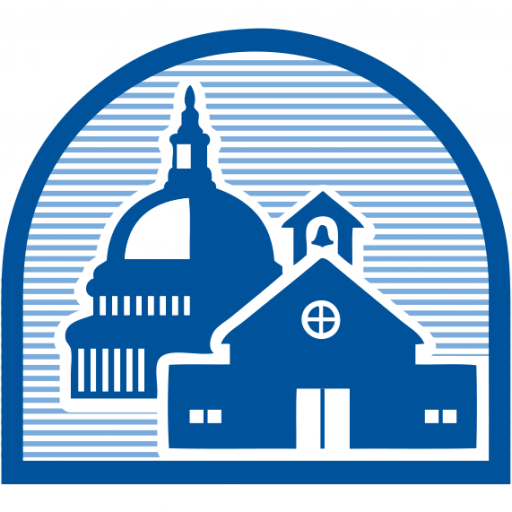DEBT CEILING
- The debt ceiling was first enacted in 1917 through the _________.
a) Glass-Steagall Act
b) Second Liberty Bond Act
c) Federal Reserve Act
- When the debt limit is reached, the Treasury Department can use an accounting maneuver called ________ to avoid defaulting on the government’s obligations.
a) Involuntary conversions
b) Analytical procedures
c) Extraordinary measures
- Which Democratic member of the House of Representatives sponsored H.R. 3877 or the Bipartisan Budget Act of 2019?
a) Rep. Colin Allred (D-TX)
b) Rep. John Yarmuth (D-KY)
c) Rep. Anna Eshoo (D-CA)
- According to the Congressional Budget Office, the federal budget deficit is about $900 billion in 2019, and it will exceed ______ each year beginning in 2022.
a) $950 billion
b) $1 trillion
c) $1.5 trillion
- Prior to establishing the debt ceiling, Congress had to approve each issuance of debt in a separate piece of legislation.
a) True
b) False
REPARATIONS
- Under the Civil Liberties Act of 1988, the U.S. government apologized for Japanese American internment during World War II and provided reparations of $20,000 to each survivor.
a) True
b) False
- Aside from the U.S., other nations have also paid money to those who were historically wronged by their actions. Which of the countries below have paid reparations to certain groups of people?
a) Colombia
b) South Africa
c) Peru
d) All of the above
- All of the states below, except one, has officially apologized for its involvement in the enslavement of Africans. Which state is the exception?
a) Alabama
b) South Carolina
c) Virginia
d) Florida
- In H.R. 40, Rep. Sheila Jackson Lee (D-TX) purports to establish a commission to consider __________for slavery.
a) National apology
b) Proposal for reparations
c) Affirmative action programs
d) Both A and B
e) Both B and C

